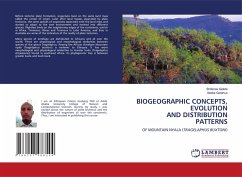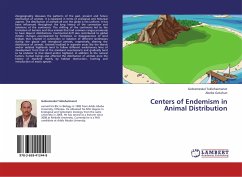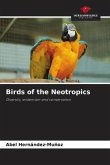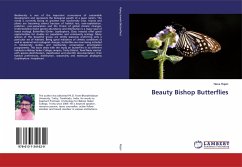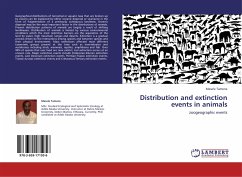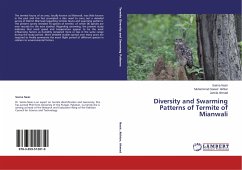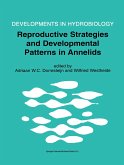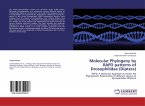Before tectonic plate formation, organisms lived on the same land mass called the center of origin. Later after land masses separated by plate tectonics, the same species of organisms separated with the land mass and started to adapt to the new environment and evolved into different species. Flightless birds on the neighboring edges of the continents, ostrich in Africa, Tinamous, Rheas and Tnamous in Latin America, and Emu in Australia are some of the indicators of the reality of plate tectonics.Many species of antelope are distributed to Africans and all over the world. There are physiological and morphological similarities between species of the genus Tragelaphus. Among the African Antelope Mountain nyala (Tragelaphus buxtoni) is endemic to Ethiopia. It has more morphological and physiological similarities to Greater kudu (Tragelaphus strepsiceros) found in southeast Africa. Its phylogenetic tree is between greater kudu and bush back.
Bitte wählen Sie Ihr Anliegen aus.
Rechnungen
Retourenschein anfordern
Bestellstatus
Storno

